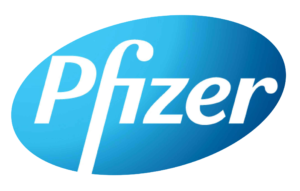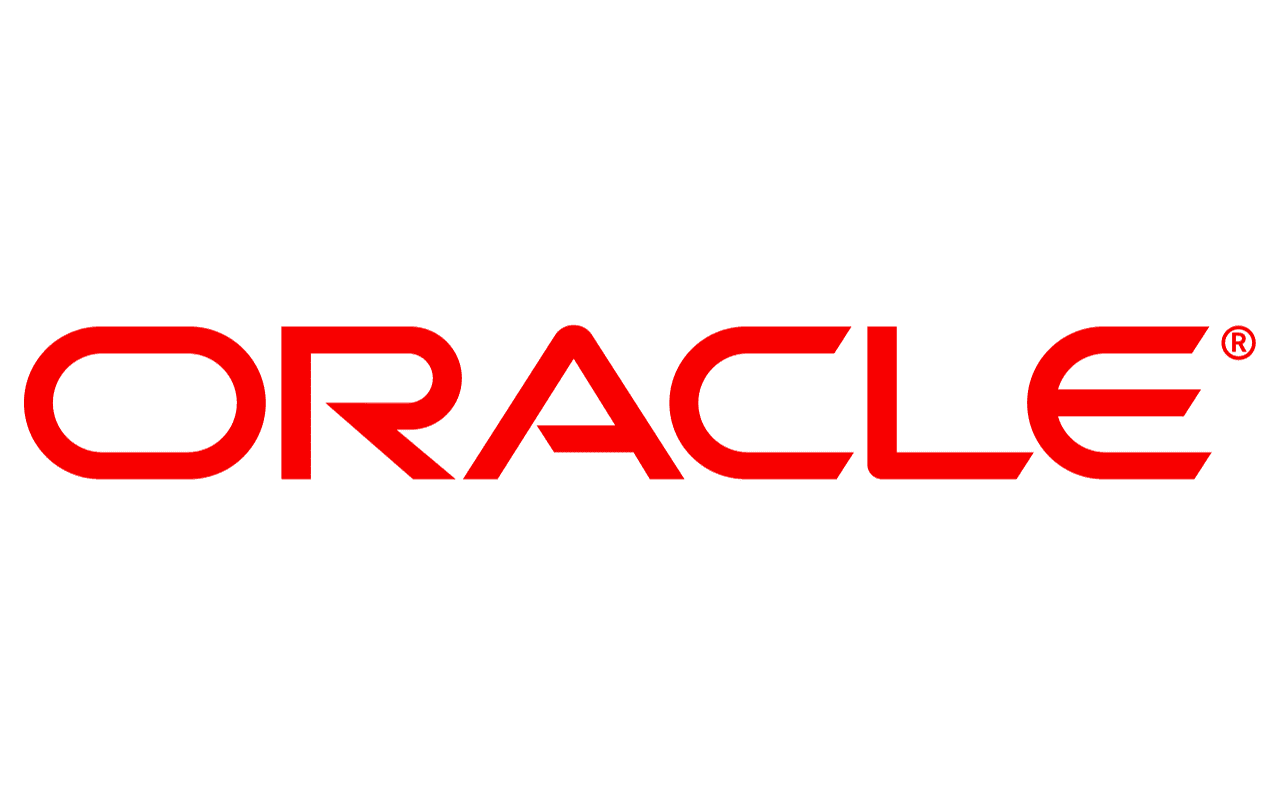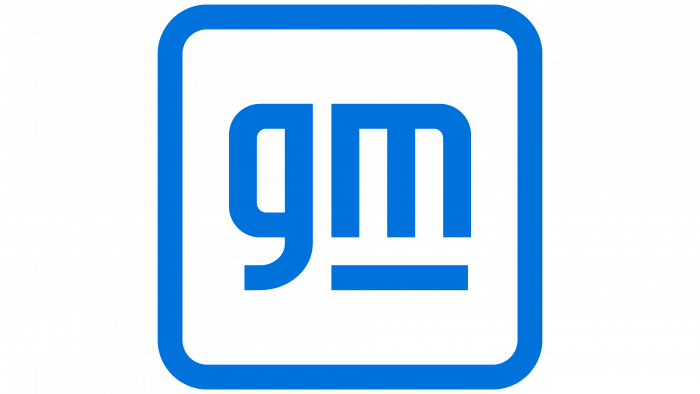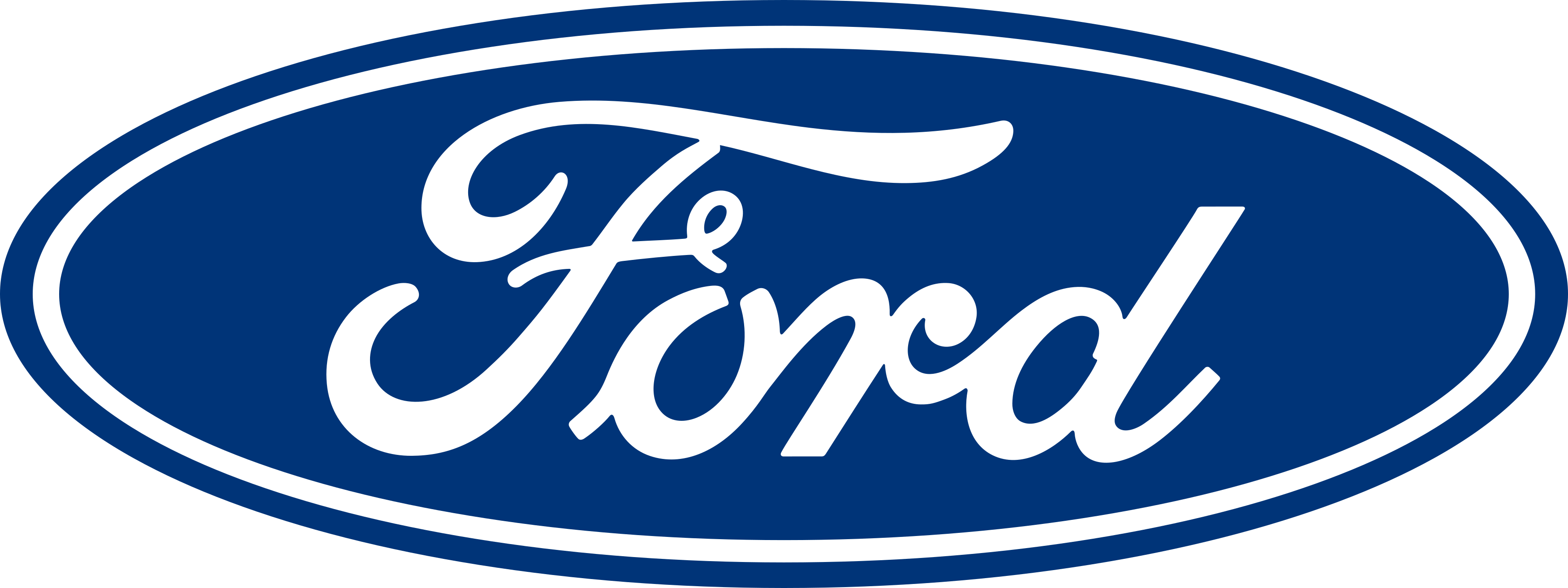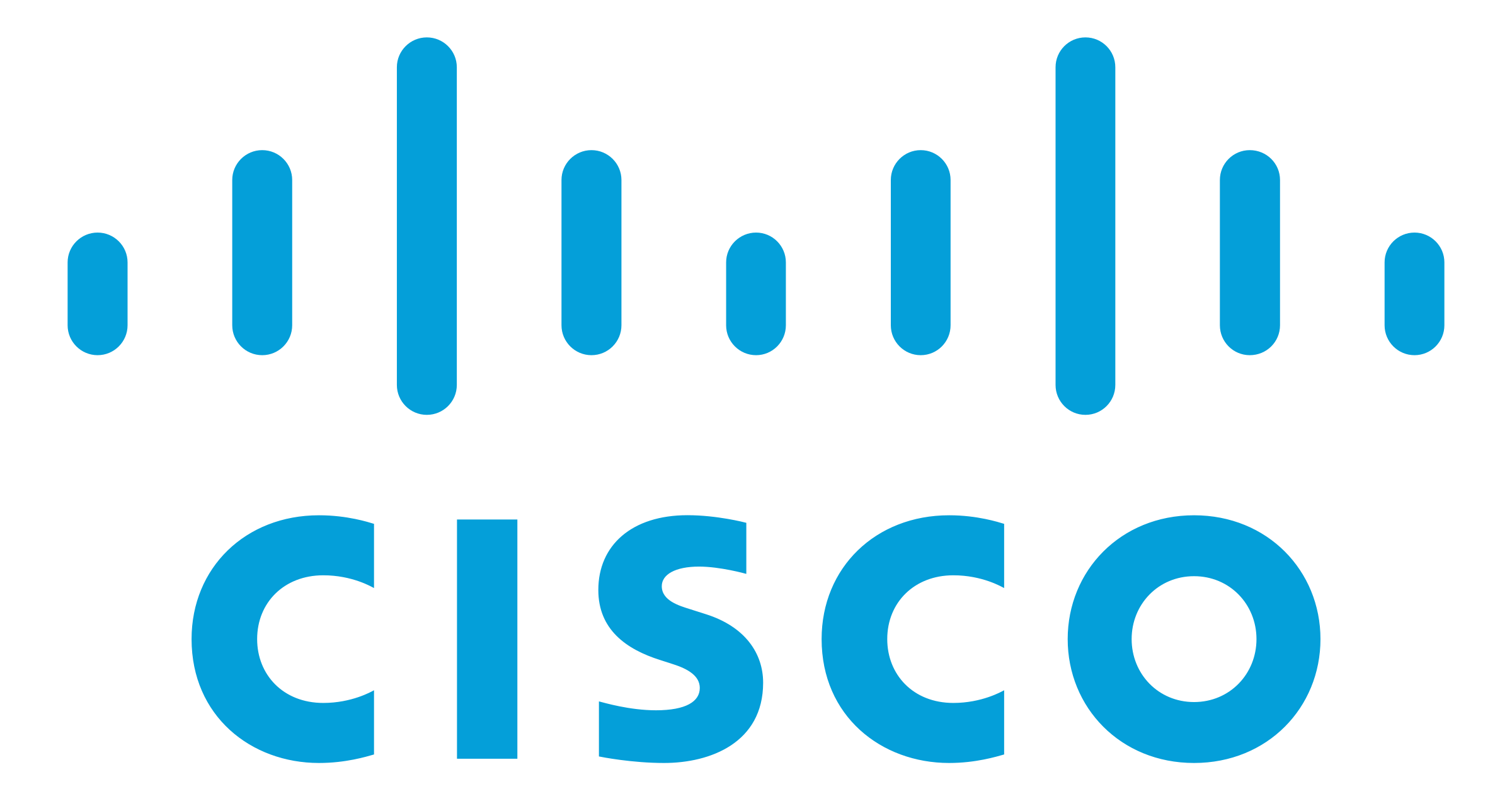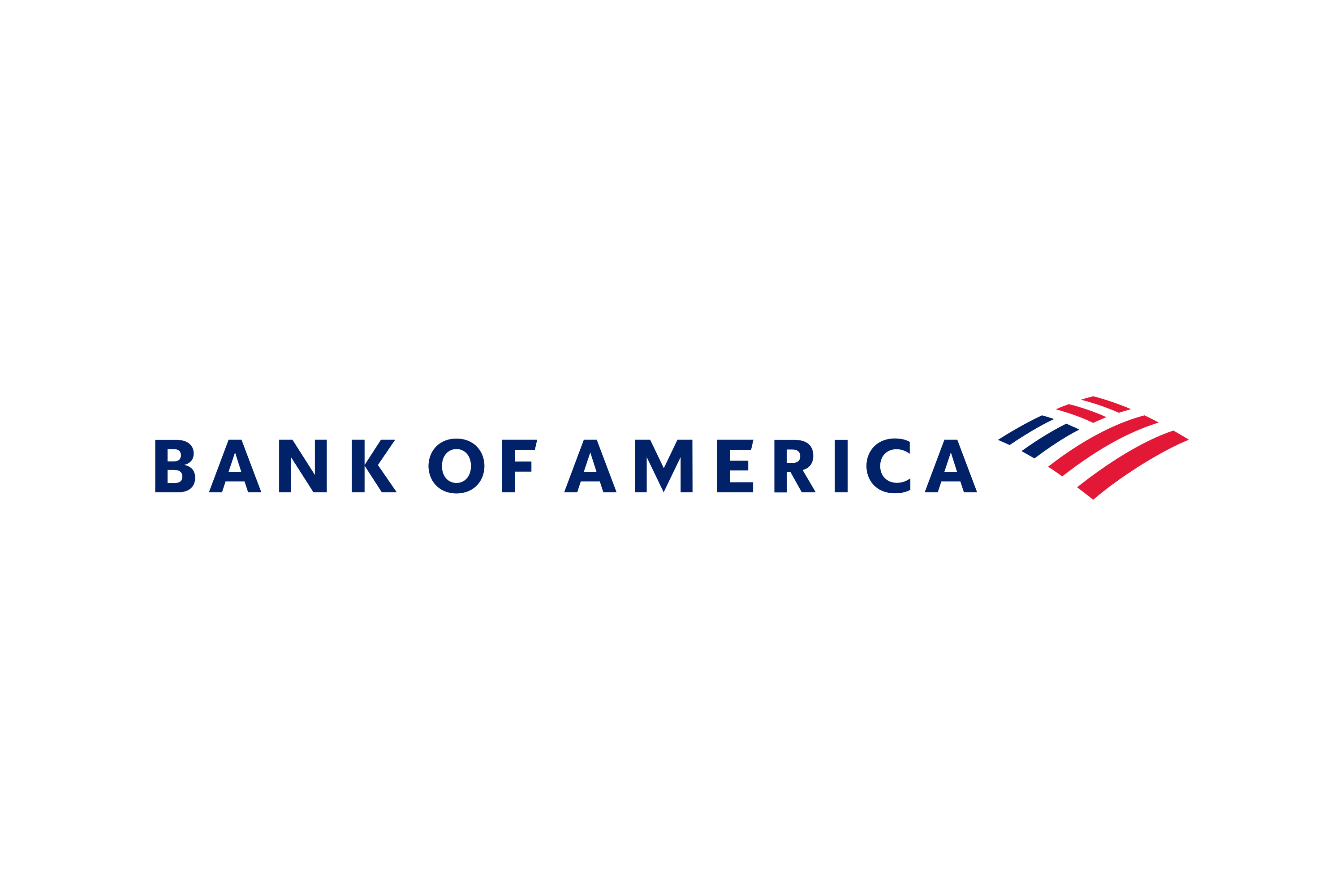The C-Suite Resume: Differentiating Between C-Level Roles in Resume Writing
In the competitive world of C-suite job searches, standing out among a sea of highly qualified candidates is crucial. A well-crafted and tailored resume can be the key to unlocking the door to your dream executive position. But how do you create a resume that captures the attention of hiring managers and showcases your unique blend of skills, accomplishments, and personal brand? Worry not, as this guide will walk you through the essentials of crafting a winning C-suite resume, with a focus on the C-suite resume differentiating between C-level roles in resume writing.
We will explore the key differences and responsibilities of various C-level roles, provide tips for tailoring your resume to specific positions, and delve into the anatomy of a successful executive resume. Additionally, we will discuss best practices for C-level resume writing and common pitfalls to avoid, ensuring your resume effectively communicates your unique value proposition and aligns with your professional goals.
Key Takeaways
- Understand key differences and responsibilities of C-level roles to create an effective executive resume.
- Tailor a resume for these positions by emphasizing leadership, highlighting role-specific accomplishments, and demonstrating industry expertise.
- Avoid common pitfalls such as overloading with information or neglecting personal branding when creating your C-suite resume.
Want to save time?
Let us help you land your next executive position by crafting the best resume or by managing your entire job search. Here’s more information about our Executive Resume Writing Services and Reverse Recruitment Service. Book a call today to speak directly with our CEO and Founder, Arno Markus!
Industry Stats: According to the U.S. Bureau of Labor Statistics (BLS), the employment of top executives is projected to grow 6% from 2021 to 2031, which is about as fast as the average for all occupations.
Understanding C-Level Roles: Key Differences and Responsibilities
The C-suite encompasses the most senior positions in a corporation or company, including titles such as:
- Chief Executive Officer (CEO)
- Chief Financial Officer (CFO)
- Chief Marketing Officer (CMO)
- Chief Operations Officer (COO)
- Chief Technology Officer (CTO)
These roles demand expertise and carry more responsibilities than other positions within an organization.
In order to tailor your executive resume effectively, it’s important to understand the unique responsibilities of each C-level role when crafting executive resumes.
Chief Executive Officer (CEO)
The driving force behind a company’s overall strategy, vision, and management is typically the Chief Executive Officer (CEO). As the primary decision-maker and leader, CEOs must possess strong management skills and be adept at:
- Making key decisions
- Leading teams
- Overseeing the overall operations of the company
- Assigning and guiding agendas
- Striving for profitability
- Formulating and executing organizational strategy
In some cases, CEOs also require technical skills to understand and manage technology-driven organizations.
With the weight of the organization’s success on their shoulders, CEOs must possess the following qualities:
- Effective communication skills
- Strategic planning abilities
- Exceptional motivation skills
- The ability to inspire and guide employees towards a unified vision
These qualities are vital for company growth and success.
Chief Financial Officer (CFO)
Ensuring a company’s financial health and stability is the crucial role of the Chief Financial Officer (CFO). They are responsible for overseeing financial planning, risk management, and financial reporting. Educational qualifications, such as a bachelor’s degree in finance-related fields and professional certifications like a CPA or CMA, are often preferred by employers.
A successful CFO must possess a diverse skill set, including:
- Proficiency in accounting and finance
- Adeptness in change management
- Experience in business development
- Familiarity with marketing strategies
- An entrepreneurial mindset
These competencies, combined with strong leadership and analytical skills, enable CFOs to make informed financial decisions and drive company growth.
Chief Marketing Officer (CMO)
Formulating and implementing marketing strategies, increasing brand recognition, and stimulating revenue through marketing activities are the responsibilities of the Chief Marketing Officer (CMO). Essential competencies for a CMO include:
- Leadership
- Data analysis
- Strategic thinking
- Creativity
- Digital proficiency
- Communication
- Collaboration
- Time management
CMOs typically have the following responsibilities:
- Developing and executing an organization’s marketing strategy
- Supervising the implementation of marketing campaigns
- Translating marketing strategies into actionable plans
- Producing high-quality content
- Augmenting conversion rates
- Forming a robust sales funnel
- Accomplishing marketing objectives
These initiatives are often at the forefront of a CMO’s responsibilities.
Chief Operations Officer (COO)
Overseeing daily operations, optimizing processes, and allocating resources efficiently are the responsibilities of the Chief Operations Officer (COO). To excel in this role, COOs must possess strong skills in:
- Leadership
- Communication
- Time management
- Decision-making
- Problem-solving
- Organization
- Conflict resolution
COOs play a pivotal role in supporting the CEO of an organization by:
- Supervising the daily operations of the company
- Ensuring the efficient functioning of the organization
- Collaborating with the CEO to bring their vision to fruition
- Constructing the senior leadership team
- Making high-level decisions regarding policy and strategy.
Chief Technology Officer (CTO)
Formulating and executing technology strategies to ensure the company’s competitiveness and innovation is the responsibility of the Chief Technology Officer (CTO). The CTO role has shifted over the years from managing internal IT systems to driving digital transformation and leveraging technological advancements to create business opportunities.
CTOs must:
- Stay abreast of emerging technologies and trends
- Drive technological innovation within the organization
- Set technology strategy
- Identify and execute innovative solutions
- Ensure the organization remains at the forefront of the rapidly evolving technology landscape.
Tailoring Your Resume for Specific C-Level Positions
Now that we have a clear understanding of the key differences and responsibilities of various C-level roles, let’s explore how to tailor your resume for specific executive positions. This involves emphasizing your leadership abilities and strategic thinking skills, highlighting role-specific achievements, and demonstrating industry expertise.
Emphasizing Leadership Abilities and Strategic Thinking
Showcasing your leadership abilities and strategic thinking skills is crucial for any C-level role, as it demonstrates your ability to:
- Drive results
- Make high-level decisions
- Communicate effectively
- Collaborate with others
- Remain open-minded
- Be approachable
- Maintain transparency
- Adopt a growth mindset
- Make analytical decisions
When crafting your resume for a successful job search, focus on highlighting these skills to impress potential employers.
In addition, emphasize your strategic planning capabilities and exceptional motivational skills. By showcasing these qualities, you can effectively convey your ability to inspire and guide employees towards a unified vision and drive company growth and success.
Highlighting Role-Specific Achievements
When tailoring your resume for a specific C-level position, it’s crucial to focus on achievements specific to the role you’re applying for. Use quantifiable metrics to demonstrate your impact on the company’s success, such as:
- Financial growth
- Cost savings
- Revenue generation
- Improvements in financial performance
Incorporate specific examples of your accomplishments in your resume, such as leading a team to surpass sales targets or driving increases in website traffic. By providing concrete examples that illustrate your soft skills in action, you can create a compelling narrative that showcases your unique value proposition and sets you apart from other candidates.
Demonstrating Industry Expertise
In any C-level role, having a deep understanding of your industry is essential for navigating the unique challenges and opportunities within your field. Demonstrating your industry expertise and knowledge on your resume can help you stand out from the competition and showcase your ability to make informed decisions and manage industry challenges adeptly.
To effectively communicate your industry expertise, include:
- Relevant certifications, training, and professional development programs that you have completed
- Showcase your knowledge of current industry trends
- Highlight your ability to adapt to changes within the market
The Anatomy of a Winning C-Suite Resume
Now that we’ve explored how to tailor your resume for specific C-level positions, let’s delve into the anatomy of a winning C-suite resume. We will explore the key components of a successful executive resume, which include:
- The header
- Executive summary
- Work experience
- Skills sections
Resume Header and Branding Title
The header of your C-suite resume should feature:
- Your full name
- Professional title (e.g., CEO, CFO, CMO)
- Contact information (phone number, email address)
- Optionally, a professional branding statement or executive summary
Your branding title should be clear and concise, effectively communicating your alignment with the role you’re applying for.
To create a strong first impression, utilize a succinct and pertinent title that is relevant to the desired role. Incorporate strong action verbs that showcase your financial and managerial abilities to make a noteworthy impact on hiring managers and recruiters.
Executive Summary
Craft a compelling executive summary that highlights your most relevant achievements and goals. This section should provide a succinct overview of your qualifications, skills, and accomplishments as a senior executive. Use keywords and quantifiable statements to effectively convey your value proposition and create a lasting impression on hiring managers and recruiters.
In your executive summary, focus on the most pertinent and impactful details of your career, showcasing your unique blend of skills, accomplishments, and personal qualities that distinguish you from other contenders and make you a perfect fit for the role.
Work Experience and Achievements
In the work experience section of your C-level resume, showcase your past leadership roles, accomplishments, and the impact you’ve had on your previous organizations. Use bullet points to provide concrete examples of your achievements, emphasizing skills such as strategic planning, financial management, and team building.
Quantify your achievements whenever possible, as this will provide tangible proof of your results-driven approach and demonstrate your ability to drive growth and success within your industry. By focusing on your most impressive accomplishments, you can effectively communicate your unique value proposition and set yourself apart from other candidates.
Skills and Competencies
Group your skills and competencies into relevant categories to demonstrate your expertise in various areas related to the role you’re applying for. Emphasize your leadership abilities, strategic thinking, and industry expertise, elaborating on past leadership roles and accomplishments to demonstrate your ability to achieve results and make impactful decisions.
Additionally, showcase your proficiency in communication, problem-solving, and innovation, as these skills are highly valued in C-level roles. By effectively organizing your skills and competencies, you can create a well-rounded and comprehensive picture of your qualifications, making it easier for recruiters and hiring managers to identify your potential as a C-level leader.
Best Practices for C-Level Resume Writing
Using Actionable Language and Metrics
Using strong, actionable language and metrics is an effective way to showcase your achievements and demonstrate your ability to drive results. Incorporate strong action verbs, such as:
- ‘accelerated’
- ‘achieved’
- ‘activated’
- ‘aligned’
- ‘architected’
- ‘built’
- ‘challenged’
- ‘championed’
to effectively convey your accomplishments and leadership abilities.
In addition, use quantifiable metrics to demonstrate the impact of your work, such as surpassing sales targets, driving increases in website traffic, or leading successful employee engagement initiatives. By providing concrete examples that illustrate your soft skills in action, you can create a compelling narrative that showcases your unique value proposition and sets you apart from other candidates.
Formatting and Design
A well-formatted and visually appealing resume is essential for capturing the attention of recruiters and hiring managers. Here are some formatting tips to consider:
- Utilize a clear and professional font, with a body copy font size of 11 or 12 points for legibility.
- Headlines should be at least 14 to 18 points.
- Use margins between 0.5” and 1.0” to create a balanced layout.
- Maintain a single-spaced or 1.5-point spacing format to ensure readability.
By following these formatting guidelines, you can create a resume that stands out and effectively showcases your skills and qualifications.
A well-designed professional resume not only catches the eye of potential employers but also makes it easier for them to quickly scan and understand your qualifications. By focusing on formatting and design, you can create a visually appealing and professional document that effectively showcases your skills, experience, and achievements.
ATS Optimization
Optimizing your resume for ATS is crucial in today’s job market, as many companies use these systems to streamline their hiring processes. To ensure your resume is easily discoverable by recruiters, incorporate relevant keywords and phrases that align with the job description.
By optimizing your resume for ATS, you increase the chances of your resume being selected for further review by hiring managers. This not only helps your resume stand out from the competition but also ensures that your unique value proposition is effectively communicated to potential employers.
Common C-Suite Resume Pitfalls to Avoid
We will navigate through common pitfalls that should be avoided when crafting a C-suite resume. By being aware of these pitfalls and taking steps to avoid them, you can ensure that your resume effectively communicates your unique value proposition and aligns with your professional goals.
Overloading with Information
One of the most common mistakes made by C-suite job seekers is overloading their resumes with too much information. While it’s essential to showcase your achievements and experiences, it’s important to focus on the most relevant and impactful details.
Avoid including a resume objective, describing unrelated work experience, or providing minimal detail. Instead, prioritize the most pertinent and impactful achievements and experiences that demonstrate your ability to excel in the C-suite role you’re applying for.
Failing to Differentiate Between Roles
Another common pitfall is failing to differentiate between your various C-level roles. Each role has unique skills and accomplishments associated with it, and it’s crucial to showcase these differences on your resume.
To avoid this pitfall, emphasize the unique skills and accomplishments associated with each position, and provide specific examples of your achievements in each role. This will help you effectively communicate your unique value proposition and demonstrate your ability to excel in a variety of C-level roles.
Neglecting Personal Branding
Neglecting personal branding is another common mistake made by C-suite job seekers. Your personal brand is the unique value proposition that you bring to a company, and it’s essential to showcase this on your resume.
To effectively communicate your personal brand, focus on highlighting your qualifications, accomplishments, and personal qualities that distinguish you from other contenders and make you a perfect fit for the role. By creating a powerful and genuine personal brand that reflects your expertise and accomplishments, you can set yourself apart from other executives or applicants.
Summary
Crafting a winning C-suite resume is a crucial step in securing your dream executive position. By understanding the key differences and responsibilities of various C-level roles, tailoring your resume to specific positions, and focusing on the essential components of a successful executive resume, you can effectively communicate your unique value proposition and set yourself apart from the competition.
Remember to emphasize your leadership abilities, strategic thinking, and industry expertise, and avoid common pitfalls such as overloading with information, failing to differentiate between roles, and neglecting personal branding. By following these best practices and guidelines, you’ll be well on your way to crafting a powerful and compelling C-suite resume that opens doors and propels your career to new heights.
Frequently Asked Questions
To write a C-level resume, focus on the most recent and relevant positions from the past 10-15 years, personalize your application, fill out the header information, include a personal brand statement, highlight achievements, detail work experience, list educational experience and credentials, describe skills, and edit and proofread.
When listing different positions within the same company on a resume, it’s best to use a single heading for the name of the company and list the job titles and dates of employment below it. Arrange the roles in reverse-chronological order and focus on the distinct accomplishments achieved in each role
The C-suite is comprised of the highest ranking executives in an organization who possess a great deal of business experience, strategic mindset, and are adept at making decisions and managing conflicts.
C-level resumes should be kept succinct and concise, ideally 2-3 pages in length.
Highlight your communication, collaboration, open-mindedness, approachability, transparency, growth mindset and analytical decision-making skills to emphasize your leadership and strategic thinking abilities on your C-suite resume.
About iCareerSolutions
iCareerSolutions, America’s #1 Executive and Professional Resume Writing Services, Reverse Recruitment, and LinkedIn Profile Development Company. 28X award-winning resume writers deliver professional resumes that get interviews. We have successfully landed our executive clients senior-level leadership positions at companies like Apple, Amazon, EA, Oracle, GM, Google, Facebook, DoJ, Gap, and 2U just to name a few. iCareerSolutions has 200+ 5-star reviews and offers a 60-day interview guarantee. Every resume template created is Applicant Tracking Systems (ATS) compatible and highly customized to meet your unique needs.
Active Members of The National Resume Writers’ Association (NRWA) │ The Professional Association of Resume Writers & Career Coaches (PARW&CC) │ Career Directors International (CDI) │ Career Professionals (CPC) │ Forbes Coaches Council
One of the Top Multi-Award-Winning Resume Writing Services in the country.
Book a complimentary consultation for your Professionally Managed Job Search now!
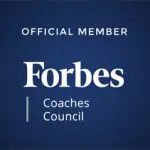
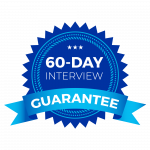
Employers who have Onboarded Our Clients











